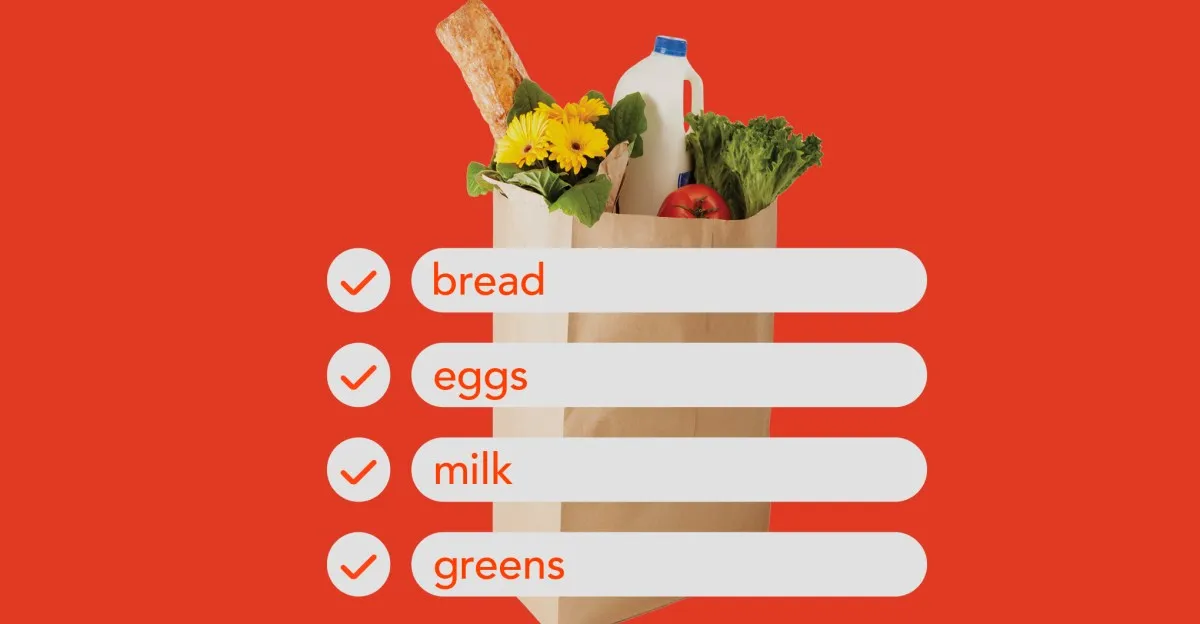
There is no more chaotic activity than willfully entering a grocery store without a list. Many people thrive on vibe-based grocery shopping, effortlessly conjuring up meals on the fly, buying items on sale, or following some quirky rule they discovered on social media. However, I am not one of those individuals. For me, having a grocery list is essential for survival at the store, yet I have struggled to establish a reliable meal planning and grocery list-making system.
Every week, I diligently write out my grocery list by hand, only to forget something crucial by the time I reach the store. Faced with this recurring problem, I often ask myself, “Is there an app that can just fix this for me?” Unfortunately, the answer is usually no. It seems that every time I hope one piece of productivity software or one paper planner will revolutionize my shopping experience, I am left disappointed. However, my quest for the perfect solution has introduced me to some useful tools along the way.
In my pursuit of a better system, I learned a lot about my coworkers’ grocery list-making strategies. One iOS user swears by Samsung Food, while others remain loyal to pen-and-paper methods. Surprisingly, I discovered that at least two coworkers use Google Keep—far more than I ever anticipated. A common theme emerged: coordinating with household members is a frequent challenge. Some people are list people, while others are decidedly not, and these two types often find themselves partnered together. My own experience confirms this dynamic; my husband would rather tackle a mountain of chores than sit down to create a grocery list.
As a parent, my grocery shopping experience is further complicated by my 4-year-old, who has his own ideas about what should go in the cart. This often leads to forgotten items and the frustrating need for an additional trip to the store. My attempts to write out ingredients on a single sheet of paper invariably result in a jumbled mess, making my grocery list game less than stellar.
In a bid for improvement, I decided to order a stylish paper planner and download various grocery list apps. One app I tried was A Better Meal, which, despite its health-focused appearance and subscription model, offered an intriguing glimpse into the convenience such apps can provide. With a library of recipes and the ability to generate a weekly meal plan, it seemed promising. I appreciated the recipe intake tools that allowed me to photograph or import recipes, which the app would then convert into a clean ingredient list.
Despite its impressive features, I ultimately ruled out A Better Meal due to my reluctance to pay for another subscription and my preference for discovering recipes on my own. That’s when I received a recommendation for Papier’s meal planning notebook from Vee Song, a senior reviewer at The Verge. This planner features a simple layout with a grid for planning meals and a tear-off grocery list. However, like many planners I’ve encountered, it’s more aesthetically pleasing than functional, making it difficult to manage my grocery list efficiently.
After setting aside the Papier planner, I turned to a more practical solution: Paprika. This no-frills app allows users to store recipes and create grocery lists. The app’s organization features are impressive, categorizing items based on their grocery aisle. However, what sets Paprika apart is its remarkable flexibility. Available on both iOS and Android, it requires a reasonable one-time fee of $4.99, with the Android version free for up to 50 recipes. This accessibility is crucial for someone like me who frequently alternates between platforms.
By adding all our usual groceries as ingredients to a “recipe,” I discovered a streamlined way to generate my grocery list. This realization highlighted the complexity of my struggles, which included collecting recipes, planning meals, remembering my husband’s specific preferences (like his insistence on “loose carrots”), and organizing everything into a usable list.
Rather than seeking a single solution, I decided to embrace a combination of tools. I now use the Papier planner for weekly meal planning, utilizing its space for lunch and dinner notes. While I could achieve the same with a standard notebook, there’s something uplifting about using a well-designed planner. Once my meal planning is complete, I transfer the necessary recipes into Paprika, where the ingredients are added to my grocery list. I also saved a recipe called “The Regulars” with staples like milk and bread for quick additions to my list.
Another game-changing addition to my grocery shopping routine is my smartwatch. Instead of repeatedly pulling out my phone to check items off my list, I can quickly reference my grocery list on my wrist. This small change significantly reduces friction during shopping trips. During my recent visit to QFC, I was able to efficiently gather everything on my list with unprecedented speed.
While my new grocery list routine isn’t perfect, it is already a vast improvement over my previous methods. There’s a minor hiccup when using Android, as Paprika lacks a Wear OS app. To compensate, I copied my grocery list into a Google Keep note before heading to the store, making me one of the few who voluntarily use Google Keep. Ultimately, my journey has taught me that finding the right grocery list solution may require a blend of both digital and analog methods.